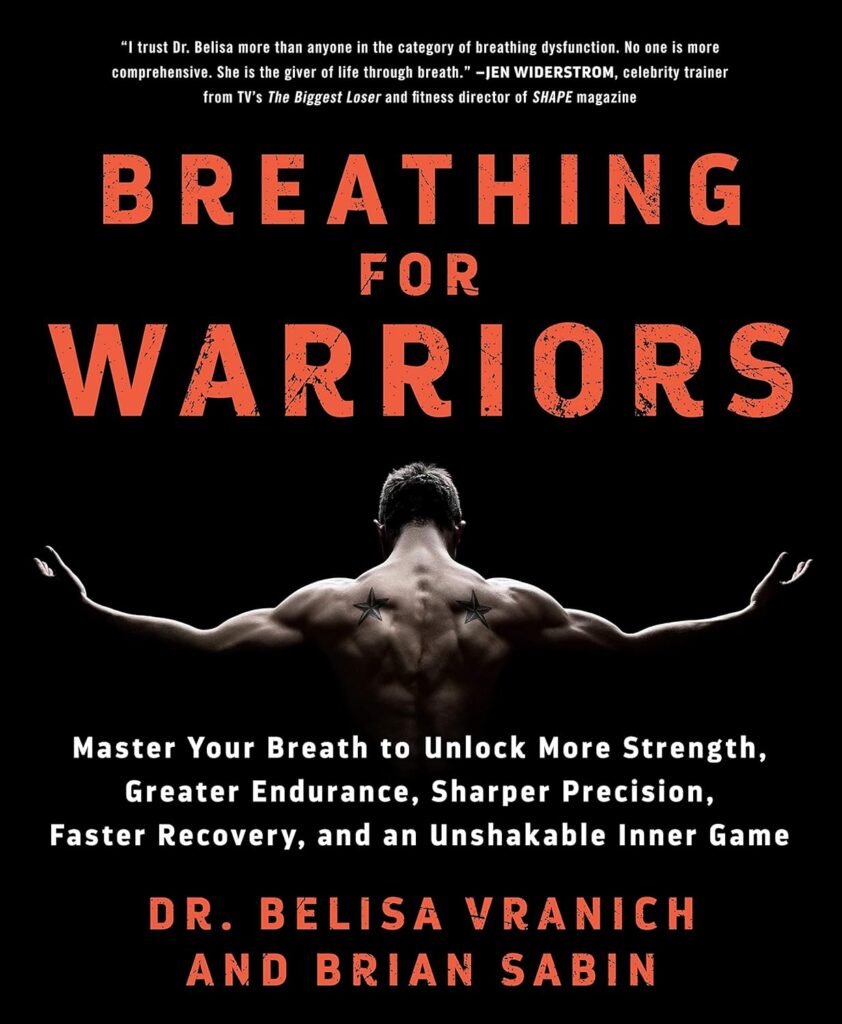Most people assume breathing is purely automatic – a simple, unchangeable process that runs in the background of our lives. Yet your respiratory muscles, like any others in your body, can be trained, strengthened, and optimized. This revelation has transformed our understanding of human performance and opened new frontiers in biological optimization.
Did you know your lungs have no ability to move on their own? Every breath you take depends entirely on muscles – primarily your diaphragm and intercostal muscles. These silent workhorses create the pressure changes needed for respiration, moving about 11,000 liters of air daily through your lungs. The stronger and more efficient these muscles become, the better they deliver life’s most crucial fuel to every cell in your body.
Just like your first session back at the gym leaves your arms and legs delightfully sore, respiratory training devices will introduce you to muscles you never knew you had. That satisfying muscle fatigue after your first breathing sessions reveals the untapped potential within your respiratory system. Modern research has shattered the myth that breathing muscles have fixed capabilities. Studies with athletes reveal that targeted respiratory training can significantly increase lung capacity, improve oxygen utilization, and enhance overall performance. But the benefits extend far beyond sports. Enhanced respiratory strength impacts everything from sleep quality and stress resilience to cognitive function and cardiovascular health.
The science behind respiratory muscle training unveils its elegant simplicity. By creating controlled resistance to inhalation or exhalation, these exercises challenge your breathing muscles just as weights challenge your skeletal muscles. This targeted stress triggers adaptations that strengthen the diaphragm and supporting respiratory muscles, improving their endurance and power. The result is more efficient breathing – deeper breaths, better oxygen extraction, and enhanced carbon dioxide tolerance.
Training these muscles yields surprisingly diverse benefits. Athletes discover improved endurance and reduced breathlessness during intense exercise. Those struggling with sleep issues often find relief through stronger breathing muscles that maintain optimal oxygen levels throughout the night. Even cognitive performance benefits from the enhanced oxygen delivery and reduced respiratory stress.
What makes respiratory muscle training particularly powerful is its compound effect on multiple biological systems. Better breathing mechanics improve lymphatic flow, enhance vagal tone, and optimize stress responses. These adaptations create a cascade of positive effects throughout your body, from improved immune function to enhanced recovery capacity.
The beauty of respiratory muscle training lies in its accessibility and measurable progress. Modern devices provide precise resistance levels and track improvements over time. Users often report noticeable changes within weeks – deeper breathing, reduced exercise-induced breathlessness, and improved stress resilience. These gains compound as respiratory strength builds, creating a foundation for enhanced performance across all aspects of life.
This explains why respiratory muscle training has emerged as a cornerstone of modern performance optimization. Its effects reach far beyond simple breathing improvements, offering a gateway to enhanced cardiovascular health, better stress management, and improved athletic performance. The enthusiasm surrounding this practice stems from its fundamental impact on human biology – users consistently report improved energy levels, better endurance, and enhanced recovery capacity. What starts as a simple breathing exercise often evolves into a transformative practice with wide-ranging benefits. For those ready to optimize one of their body’s most fundamental processes, respiratory muscle training stands as a profound first step into the world of breathing enhancement.





